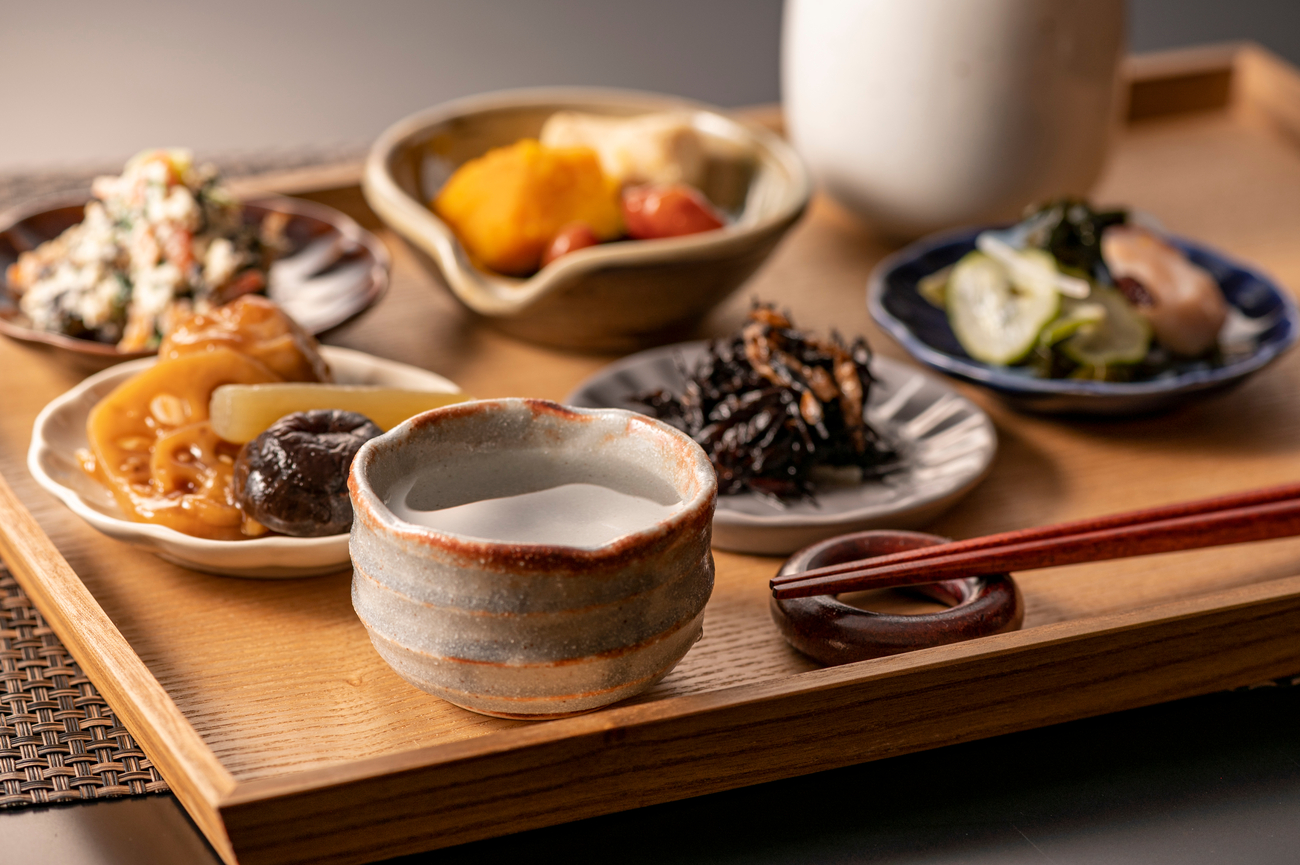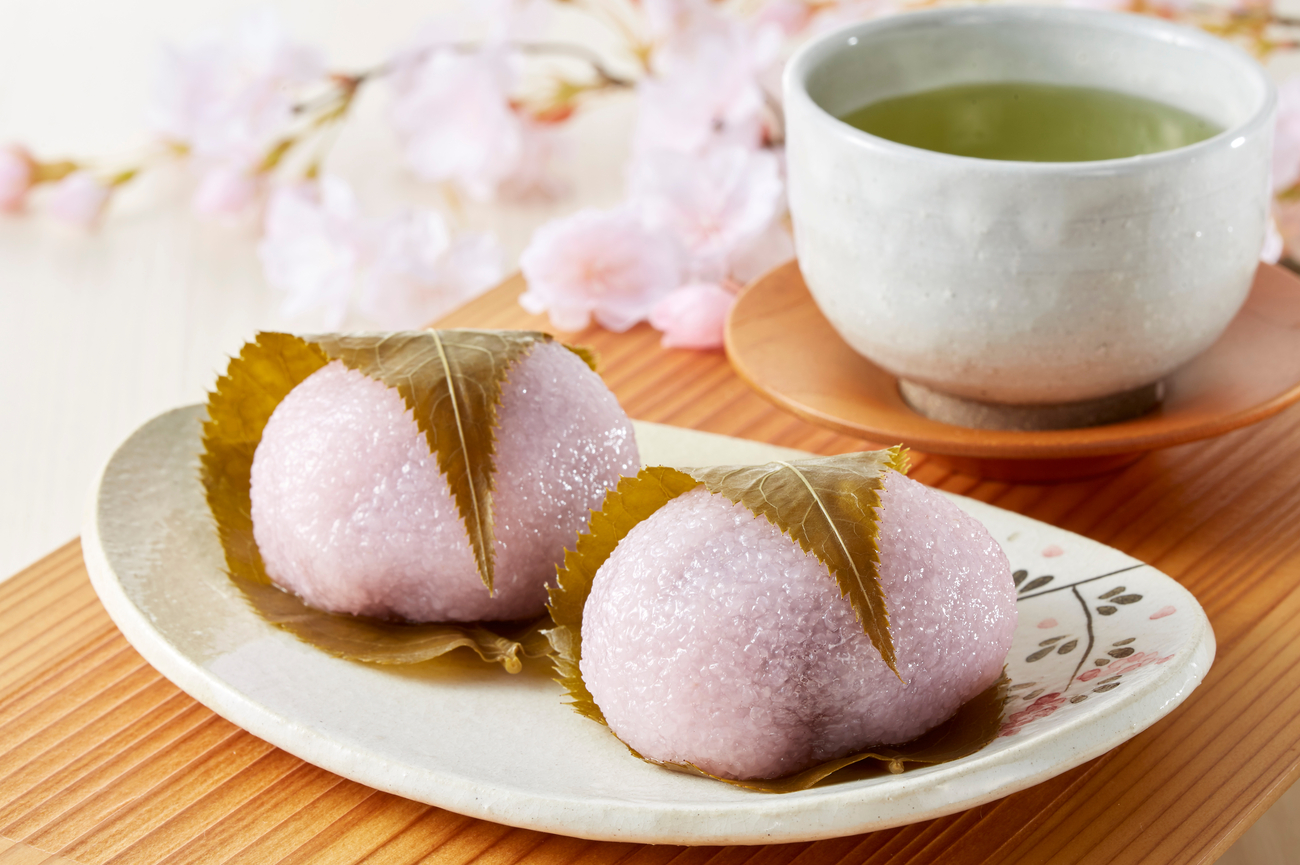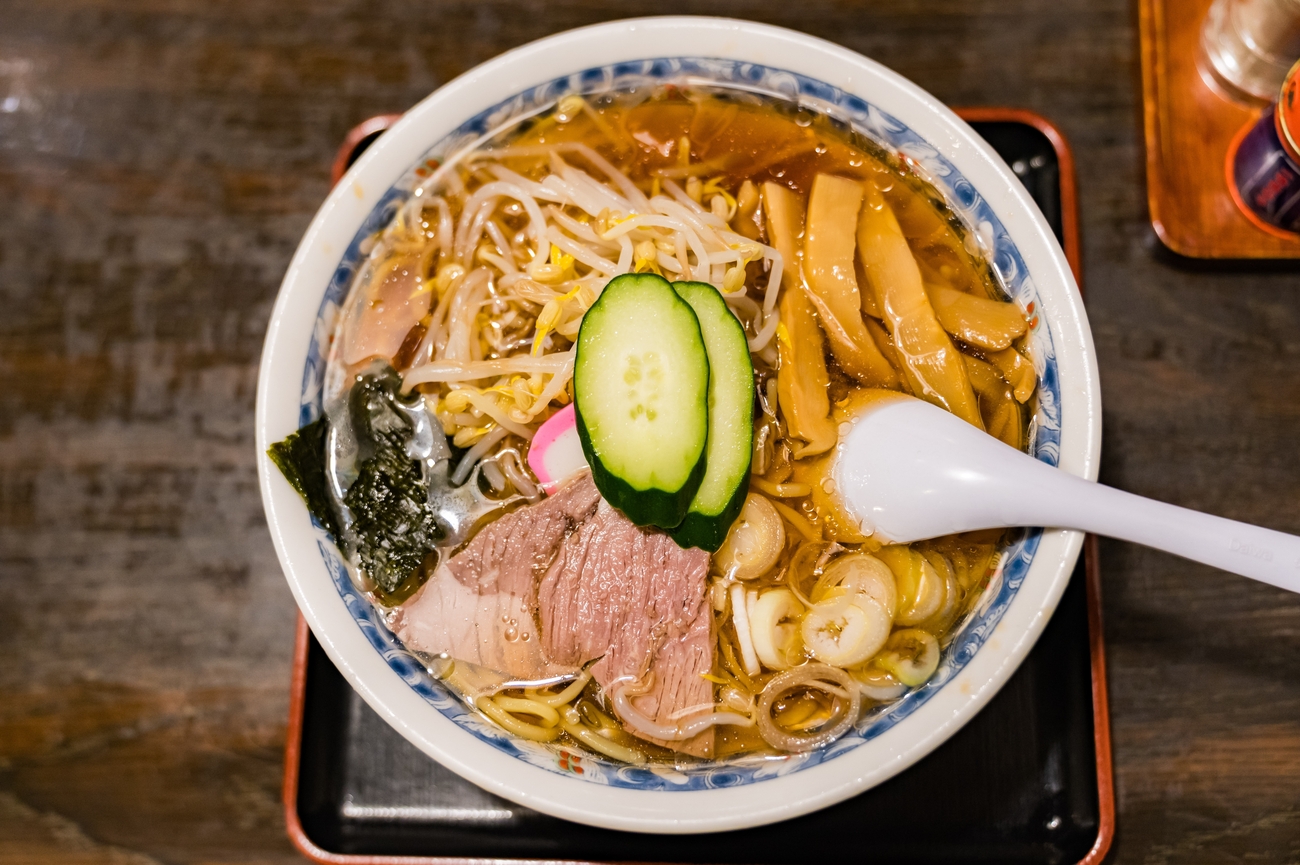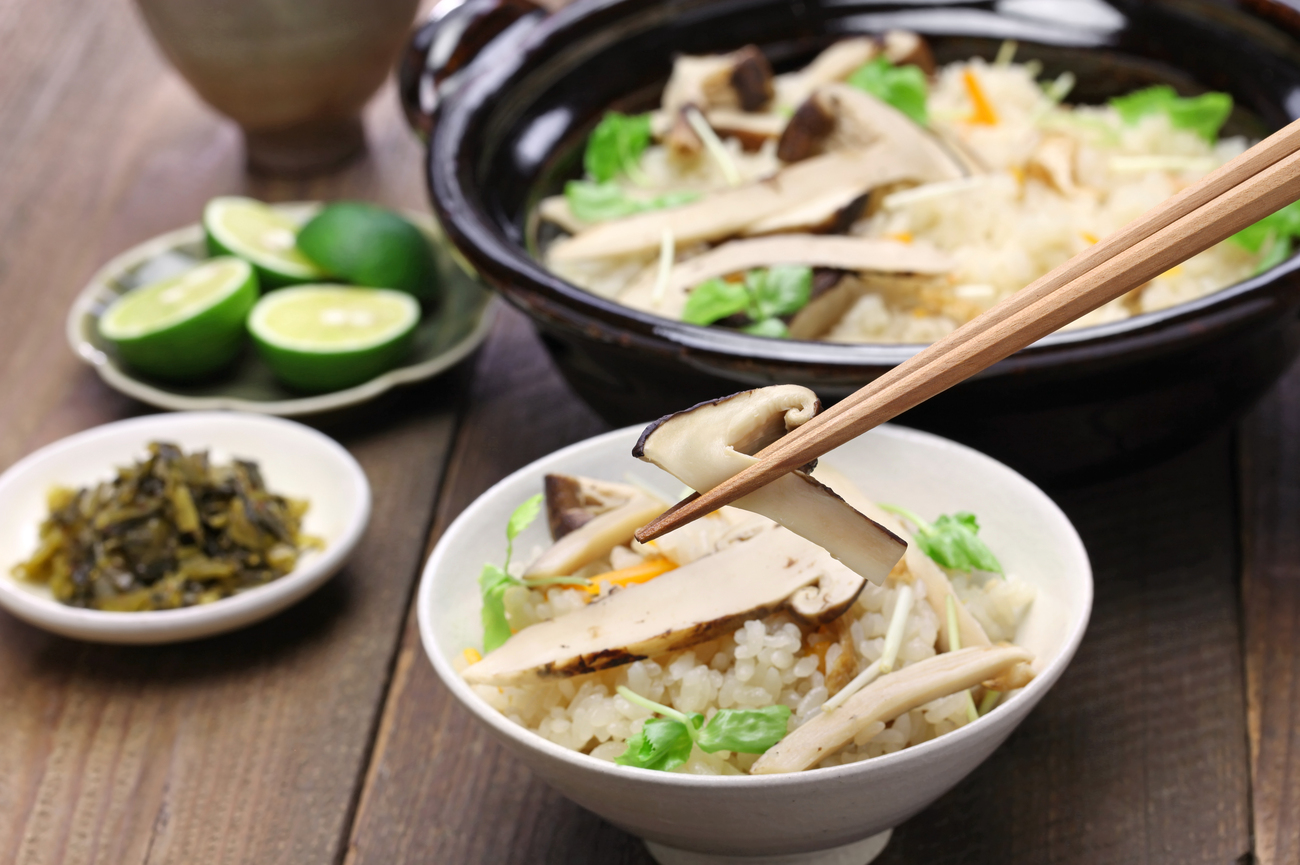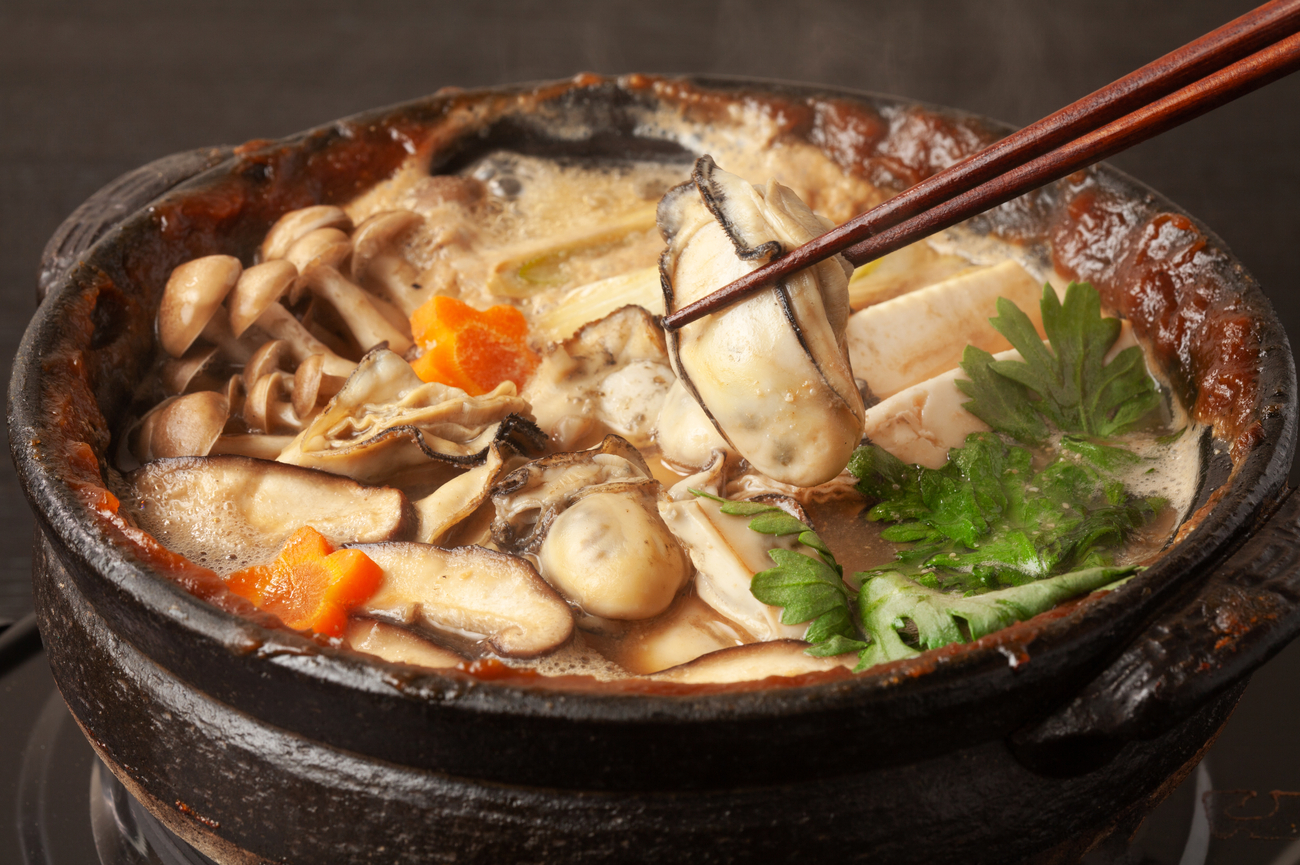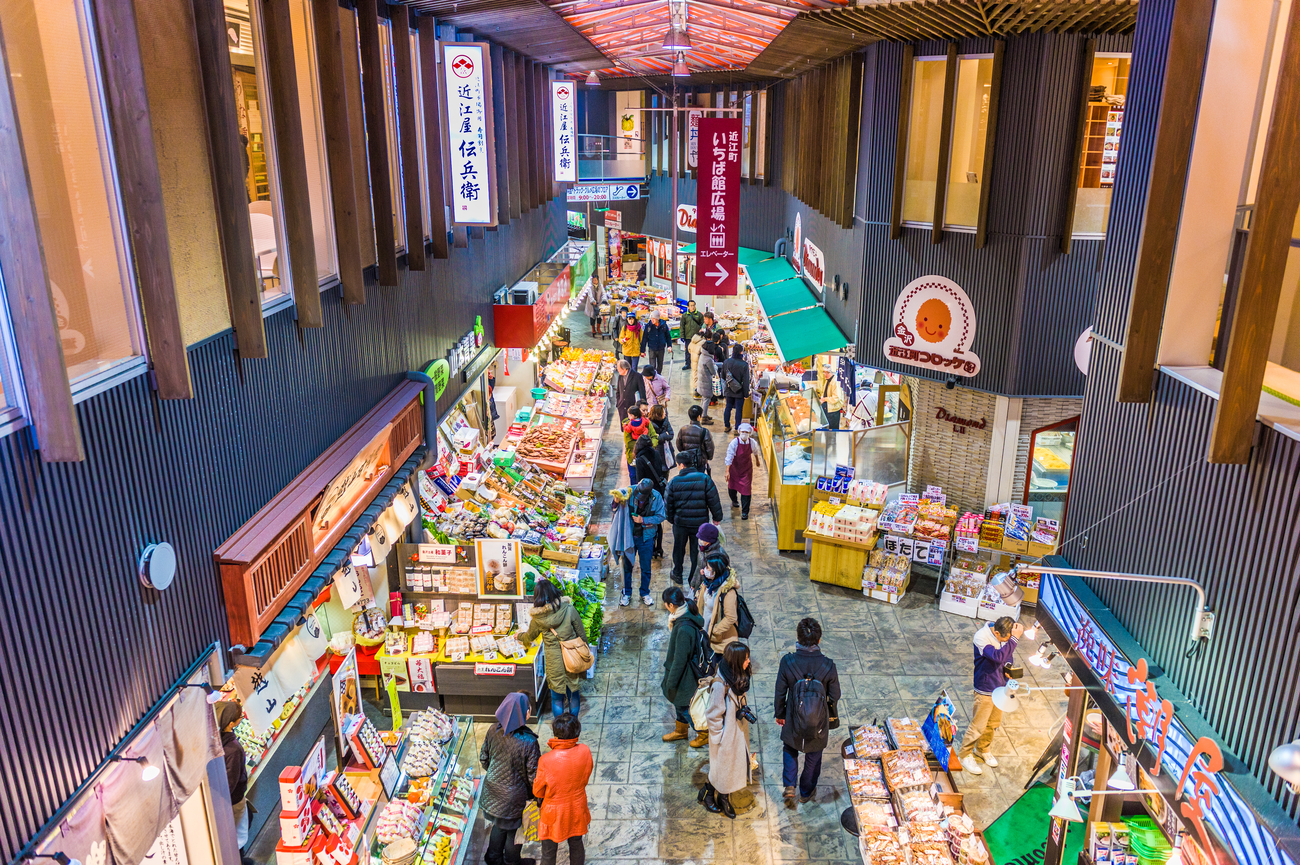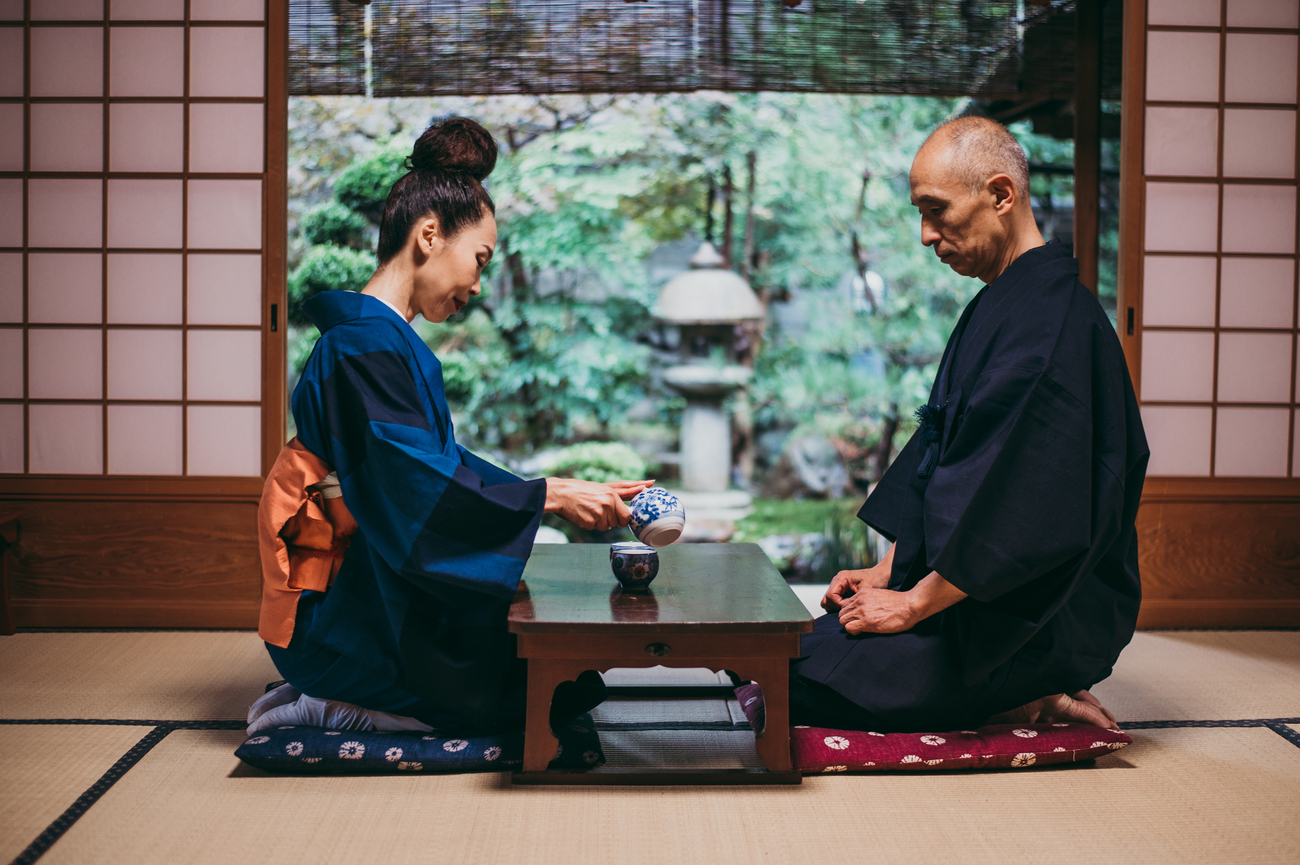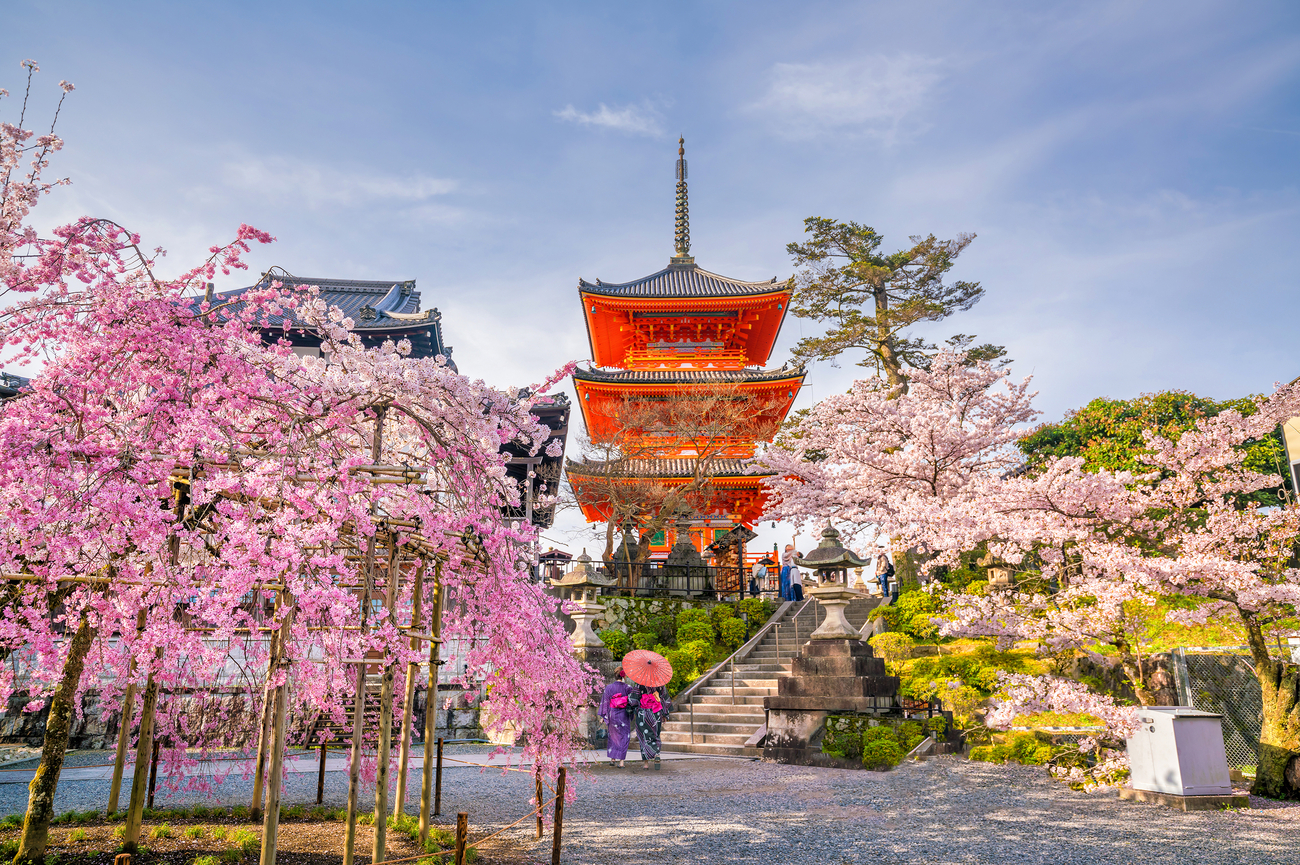Taste the Seasons: Japan’s Regional Washoku Dishes

Understanding Washoku and Dishes Found Only in Season
In Japan, the seasons linger on the tongue before they ever reach the eyes. Washoku (和食), the country’s traditional cuisine, isn’t built around recipes so much as timing. Ingredients appear only when they’re at their shun (旬), that fleeting moment when the flavor feels alive. The practice, recognized by UNESCO as an Intangible Cultural Heritage, reflects a kind of patience rare in modern life.
To eat in Japan is to listen closely. Spring hums with young greens and blossoms. Summer comes and it cools the body with clean, quiet notes. Then, autumn settles into earth and smoke. Meanwhile, winter draws warmth from simmered broths. Meals aren’t just nourishment; they’re a way of keeping pace with the landscape itself.
For travelers drawn to this conversation between food and place, The Grand Tour of Japan: Culture, Cuisine & Timeless Craft invites you to trace the country’s flavor map and experience the country like never before.
春 (Haru): Spring, Renewal and Fragrance
Spring meals feel tender, pale, and fragrant, like the air after rain.
- 桜餅 (Sakura Mochi): Soft rice cakes filled with sweet red bean paste, wrapped in cherry leaves that are salted to perfection. The mix and balance of floral sweetness and faint salt will taste like the season itself.
- 筍ご飯 (Takenoko Gohan): Rice cooked with young bamboo shoots, soy, mirin; its warmth carrying the scent of wet earth and new growth.
- 白魚の天ぷら (Shirauo no Tempura): Translucent whitebait fried lightly, eaten with grated daikon and citrus. A fleeting ingredient that marks spring’s arrival.
- 菜の花の辛子和え (Nanohana no Karashi-ae): Rapeseed blossoms tossed with mustard dressing. The flavor is bright、 slightly bitter, and alive.
- 鰆の西京焼き (Sawara no Saikyō-yaki): Spanish mackerel marinated in Kyoto’s sweet miso, then grilled until the edges turn golden.
- 柏餅 (Kashiwa Mochi): Oak-leaf-wrapped mochi eaten during Children’s Day, symbolizing renewal and strength.
夏 (Natsu): Summer, Cool Plates
Summer dining in Japan feels like taking a much-needed pause between heat waves. It is light and always refreshing.
- 冷やし中華 (Hiyashi Chūka): Chilled noodles with cucumber, omelet, and sesame dressing. Served on glass plates to cool the eye as much as the palate.
- 鱧落とし (Hamo Otoshi): Pike conger, blanched and paired with plum sauce. Kyoto’s summer delicacy, elegant and clean.
- 流しそうめん (Nagashi Sōmen): Thin noodles drifting down bamboo channels. Eating becomes a game with laughter echoing down the stream.
- 鰻の蒲焼き (Unagi no Kabayaki): Grilled eel brushed with sweet soy glaze. Eaten during the hottest weeks to restore strength.
- かき氷 (Kakigōri): Shaved ice topped with matcha, yuzu, or strawberry syrup. Texture as soft as snow, gone before it melts.
- 枝豆 (Edamame): Fresh soybeans steamed and salted, a staple of beer gardens and summer evenings outdoors.
秋 (Aki): Autumn, Harvest and Earth
Autumn tastes deep, nostalgic, and quiet. The air cools; ingredients grow full-bodied.
- 松茸ご飯 (Matsutake Gohan): Rice infused with wild matsutake mushrooms. A scent of pine and soil fills the kitchen before the first bite.
- 栗きんとん (Kuri Kinton): Mashed chestnuts shaped by hand, served as a tea sweet. Smooth, sweet, grounding.
- 秋刀魚の塩焼き (Sanma no Shioyaki): Pacific saury grilled simply with salt. Smoky, crisp, and eaten with a squeeze of citrus.
- 柿なます (Kaki Namasu): Shaved persimmon and daikon in light vinegar, a refreshing balance to heavier dishes.
- 新米 (Shinmai): The first harvest of new rice, plump and fragrant. Served simply to appreciate the year’s blessing.
- 芋煮 (Imoni): Riverbank stew from northern Japan, with taro, beef, and soy broth shared among friends under falling leaves.
冬 (Fuyu): Winter, Warmth and Stillness
When snow gathers on temple roofs, kitchens fill with steam. Winter meals in Japan are slow, nourishing, and deeply human.
- 湯豆腐 (Yudōfu): Hot tofu simmered in clear broth, eaten with dipping sauces in Kyoto’s temple quarters.
- 石狩鍋 (Ishikari Nabe): Salmon and vegetable hotpot from Hokkaido, rich with miso. A dish made for long nights.
- 蟹料理 (Kani Ryōri): Snow crab from Toyama or Kanazawa, served grilled, boiled, or raw. Its sweetness defines winter luxury.
- おでん (Oden): Simmered daikon, eggs, tofu, and fish cakes, sold from street stalls and tiny shops. A taste of comfort on cold evenings.
- ぜんざい (Zenzai): Warm red bean soup with toasted mochi. Sweetness that lingers softly.
- 牡蠣鍋 (Kaki Nabe): Oyster hotpot from Hiroshima, briny and warming, best eaten near the sea it came from.
How to Experience Japan’s Seasonal Dishes
Japan’s shape means the seasons move slowly from south to north. Travelers who follow that line can taste spring in Kyushu weeks before it reaches Tokyo, and winter in Hokkaido long after it’s gone elsewhere.
- Book kaiseki dinners early because top and most-visited restaurants open reservations only once per season.
- Visit morning markets like Omicho in Kanazawa or Hakodate Asaichi for the freshest seafood.
- Ask locals what’s in shun. Here, menus change weekly depending on the catch or harvest.
- Take the Shinkansen to trace seasonal flavors across regions, from Kyoto’s kaiseki salons to Hokkaido’s morning fish auctions.
- Combine your culinary journey with visits to craft towns and tea houses for a fuller view of Japan’s artistry.
If you’re planning a two-week route that includes both cuisine and craft, explore The Grand Tour of Japan: Culture, Cuisine & Timeless Craft. Our full Japan travel guide can also be found here.
Following the Flavor of the Seasons
Eating in Japan feels like reading poetry aloud: one line at a time, with pauses between bites. Each dish carries a sense of fleeting beauty, a reminder that perfection is always brief. The sweetness of sakura, the smoky warmth of grilled sanma, the soft silence of yudōfu; together they form a language beyond words, one spoken in texture, scent, and stillness.
The beauty of washoku lies in how it teaches you to slow down. To notice the shine of rice just steamed. To taste the faint bitterness of mountain greens before spring fades. To appreciate how an ingredient at its peak needs no embellishment, only care and time. Every meal becomes a quiet celebration of harmony, and every season a new chapter in Japan’s unfolding story.
When you travel through Japan with this awareness: tasting what’s in season, meeting the people who grow and prepare it, resting where life moves slowly, your journey becomes something deeper. It’s no longer about checking off destinations; it’s about feeling the pulse of a place through its cuisine.
Experience Japan’s Culinary Journey in Every Season
Let your travels follow the seasons, from cherry blossoms to snowfields. The Grand Tour of Japan gathers the country’s flavors, crafts, and traditions into one continuous story. It’s made for travelers who prefer presence over pace, and who understand that the best journeys stay with you long after you’ve come home.
Frequently Asked Questions
-
What is washoku and why does seasonality matter?
Washoku is traditional Japanese cuisine that follows shun, the brief peak for each ingredient. Menus shift with the seasons so flavours remain natural and balanced.
-
Where can I try seasonal dishes in Japan?
Kyoto for yudofu and summer hamo, Kanazawa for Omicho Market, Hokkaido for winter seafood and Ishikari nabe, Hiroshima and Toyama for crab, and Hakodate for morning market seafood.
-
Do I need reservations for kaiseki and popular restaurants?
Yes. Book early. Many venues open reservations once per season and fill quickly.
-
How can I plan a route that follows the seasons?
Travel from south to north in spring to meet early harvests, then continue north for winter seafood and snow. Use the Shinkansen for long legs and local trains for markets and districts.
-
Is tipping customary in Japan?
No. A polite thank you is enough.
-
Can restaurants accommodate dietary restrictions?
Often yes, if you ask in advance. Confirm adaptations when you reserve and request seasonal alternatives where needed.


Let us know what you love, where you want to go, and we’ll design a one-of-a-kind adventure you’ll never forget.
Get in touch
Miriam
Europe & Africa Expert

Romina
Europe & Africa Expert

Catiane
Europe & Africa Expert
Our offices:
